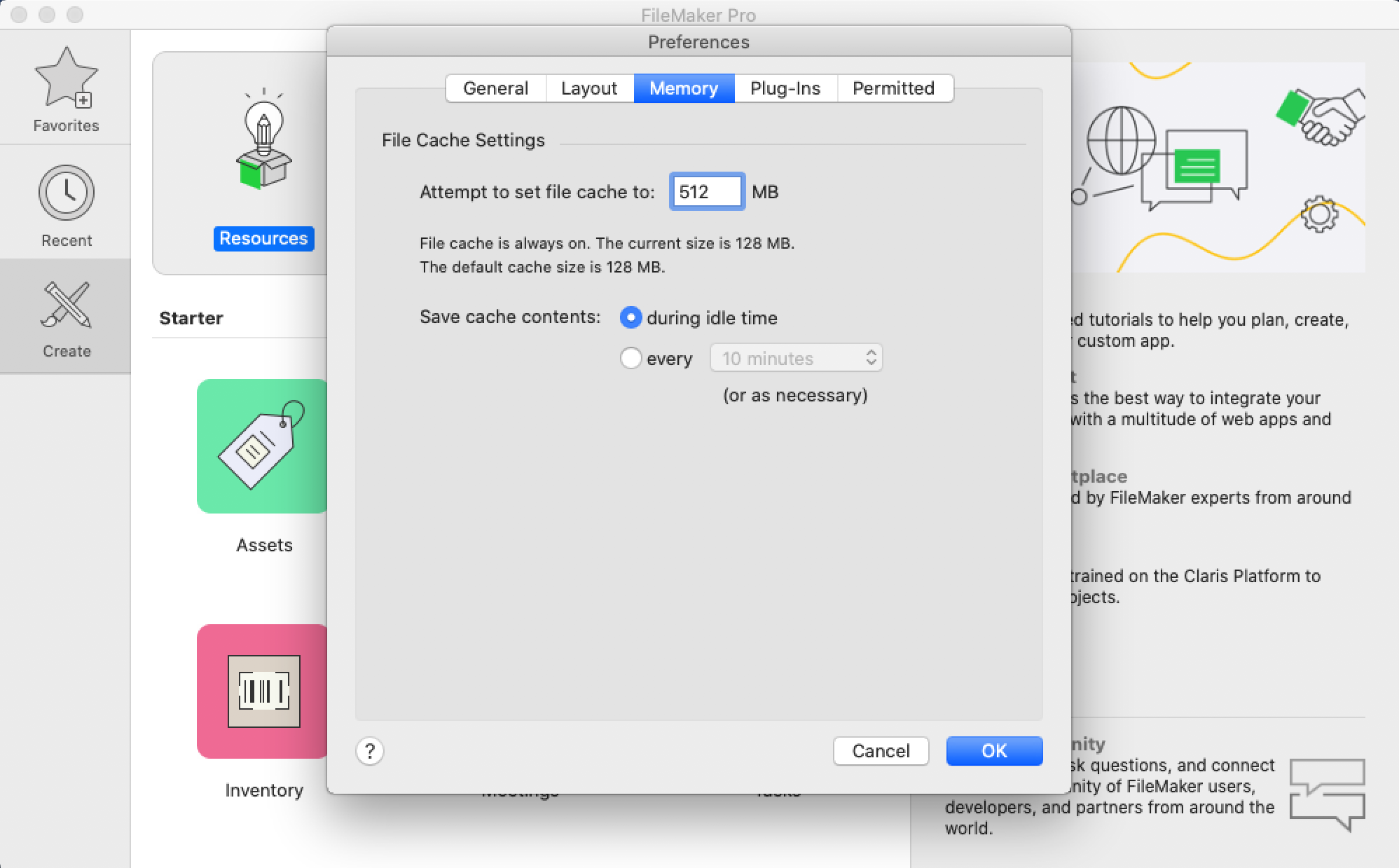

We can execute them in two ways: with or without parameters.

The FileMaker API allows you to execute scripts. To execute the code below remember to specify a proper database and layout. It turns out we can easily integrate PyFileMaker with FileMaker 13 and use then add in extra functionality that doesn’t exist in the original PyFileMaker Library.Īll the standard functions work in the same way: In that situation one thing you can do is to extend the old library, write your own functions and integrate it together. Executing scripts in a chain with insert operations.Unable to execute scripts with/without parameters.When we’ve started working with the PyFileMaker library we noticed a few missing parts that are desperately needed: Displaying meta data for particular layouts.PyFileMaker has a lot of functions to work with already implemented. To connect to FileMaker we can use the provided XML API instead, and that is what PyFileMaker is doing. It also allows you to run a PHP server which is powerful but also quite inefficient and sluggish at times.


FileMaker is used as a database as it contains built-in server (which is SQL based, and to which you can actually execute direct SQL Queries if you want to!). It contains a GUI layer that allows a user to easily create different relations between tables, create bespoke layouts, and easily run reports on the go. FileMaker is a cross-platform relational database application. You can use the Filemaker XML API to query a FileMaker database, create records, modify records, execute scripts and more.ĭuring the creation of web applications there is often a need to use third party services or programs. One of them is FileMaker. PyFileMaker is a Python Library that makes it possible to work with FileMaker‘s XML API.


 0 kommentar(er)
0 kommentar(er)
